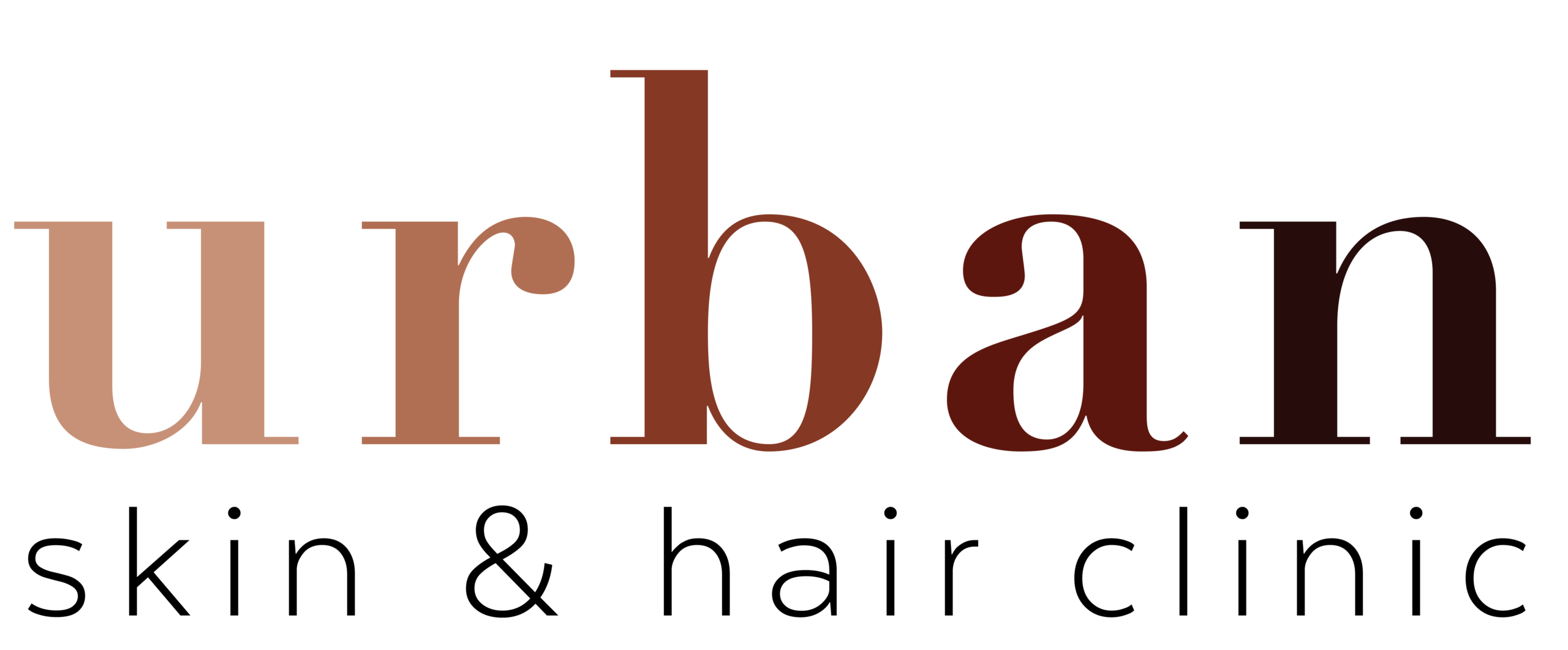
Introduction
Alopecia areata is a common auto-immune disorder that results in unpredictable hair loss from the head, beard, or any part of the body. It affects regardless of age and gender, though most cases occur before the age of 30.
Alopecia areata is a condition that causes hair to fall out in small patches, which can be unnoticeable. These patches may connect, however, and then become noticeable. The condition develops when the immune system attacks the hair follicles, resulting in hair loss. It can also develop slowly and recur after years between instances. The condition can result in total hair loss, called alopecia universalis, and it can prevent hair from growing back.
An autoimmune condition develops when the immune system mistakes healthy cells for foreign substances. Normally, the immune system defends your body against foreign invaders, such as viruses and bacteria. If you have alopecia areata, your immune system mistakenly attacks your hair follicles. Hair follicles are the structures from which hairs grow. The follicles become smaller and stop producing hair, leading to hair loss. It most often occurs in people who have a family history of other autoimmune conditions, such as type 1 diabetes or rheumatoid arthritis.

Symptoms
The main symptom of alopecia areata is hair loss. Hair falls out in small patches of several centimeters or less on the scalp. Hair loss occurs on other parts of the face, like eyebrows, eyelashes, and beard, as well as other parts of the body.
The hair loss associated with alopecia areata is unpredictable and spontaneous. The hair may grow back at any time and then may fall out again. The extent of hair loss and regrowth varies greatly from person to person.
Types of alopecia areata
Alopecia areata (patchy): Main characteristic is one or more coin-sized patches of hair loss. If this condition expands, it may lead to alopecia totalis or alopecia universalis.
Alopecia totalis: Hair loss across the entire scalp.
Alopecia universalis: In addition to losing hair on the scalp, hair loss on the face — eyebrows and eyelashes. It’s also possible to lose other body hair, including chest, back, and pubic hair.
Diffuse alopecia areata: Results in sudden and unexpected thinning of hair all over the scalp, not in just one area or patch.
Ophiasis alopecia: Hair loss that follows a band along the sides and lower back of the scalp.
Types of alopecia areata

Diagnosis
- Doctors diagnose alopecia areata by looking at the extent of your hair loss and examining a few hair samples under a microscope.
- Scalp biopsy to rule out other conditions that cause hair loss.
- Blood test to rule out an autoimmune disorder.
Treatment
Corticosteroids: Oral corticosteroids suppress the immune system. They stop the immune system from attacking healthy tissue, you may notice less hair loss. Hair regrowth in affected areas becomes noticeable. They are either being injected into the scalp or advised to apply topically. Corticosteroids can also be prescribed by your doctor in the form of tablets when the condition is not under control and spreading to other hairs.
JAK inhibitor: tofacitinib This new molecule gives very good control on progressive alopecia areata without major side effects, with lesser side effects and early results it is becoming the choice of treatment in alopecia areata.
Topical agents: Corticosteroid creams such as clobetasol foams, lotions, and ointments work by decreasing inflammation in the hair follicle.Topical Minoxidil (folliboost 5% solution) is applied twice daily to the scalp, eyebrows, and beard. It’s relatively safe, but useful for limited alopecia areata. In topical immunotherapy a chemical like diphencyprone is applied to the skin, which may induce new hair growth within six months.
Injections: Steroid injections are commonly used for mild, patchy alopecia to help hair grow back on bald spots. With the help of tiny needles, steroids are injected into the bare skin of the affected areas.The treatment has to be repeated every one to two months to regrow hair.
Oral treatments: Cortisone tablets are sometimes used for extensive alopecia. Oral immunosuppressants, like methotrexate and cyclosporine, are another option. They work by blocking the immune system’s response, but they can’t be used for a long period of time due to the risk of side effects, such as high blood pressure, liver and kidney damage.
Light therapy: It’s a type of radiation treatment that uses a combination of an oral medication called psoralens and UV light.


